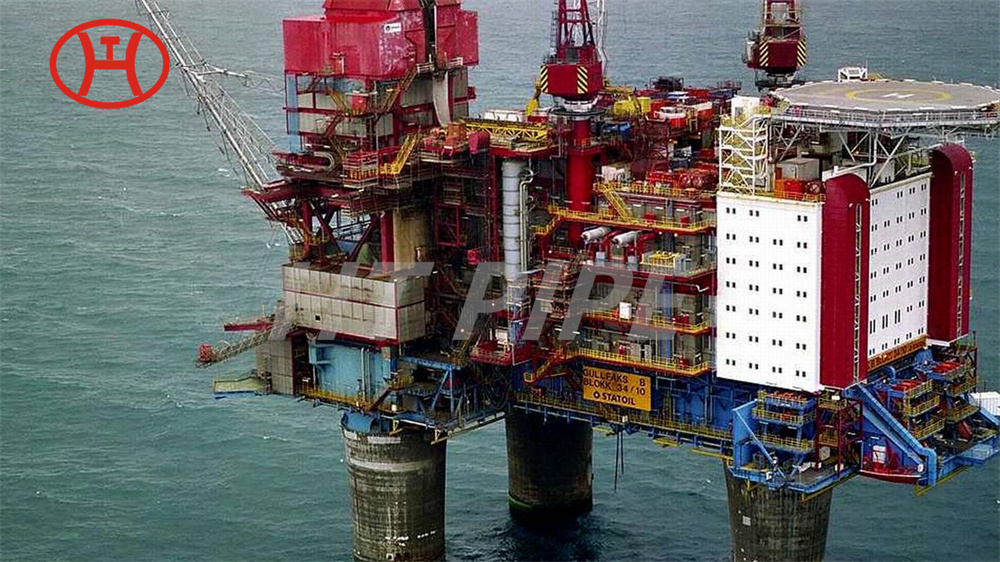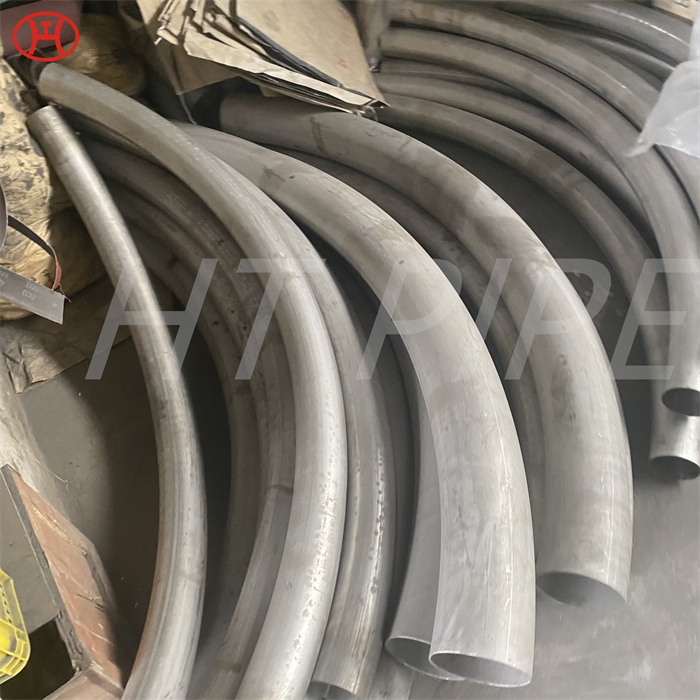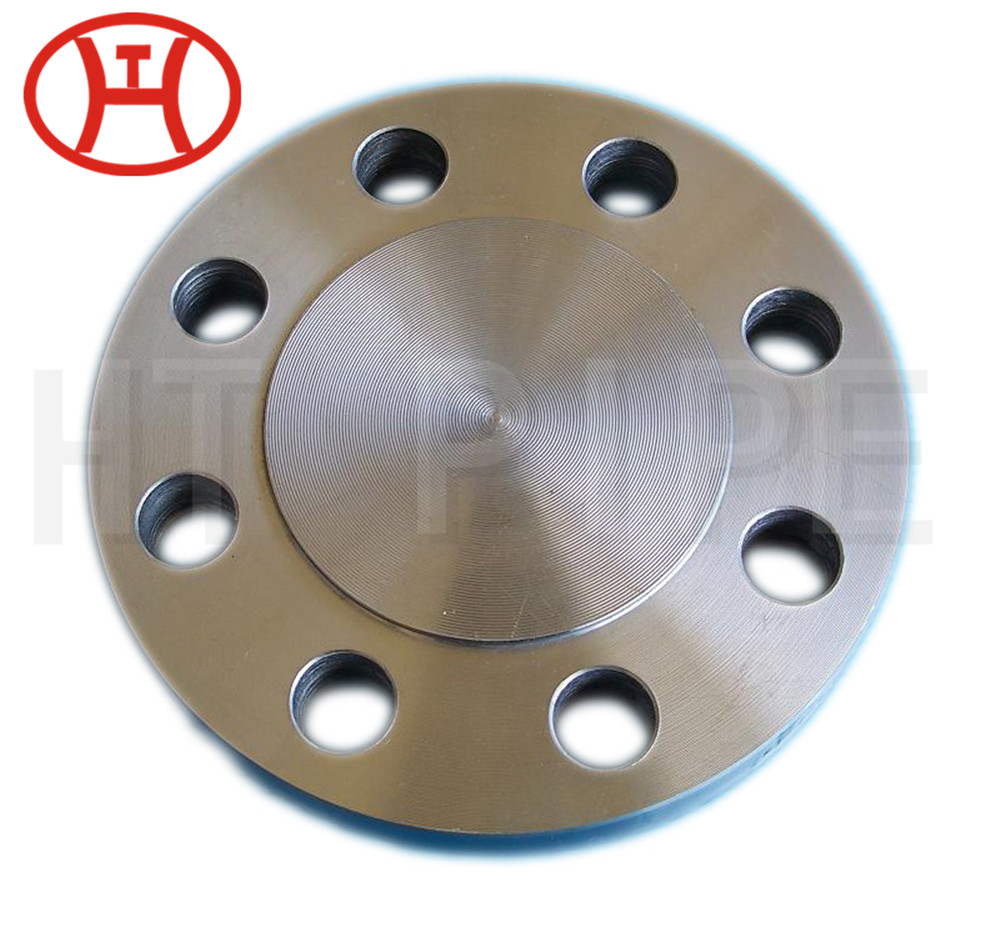hastelloy c276 N10276 pipes with welding flanges
Hastelloy C276 is known for its excellent corrosion resistance in a variety of corrosive media. It includes chloride ions, sulfur compounds, etc. In addition, this alloy has excellent resistance to crevice corrosion, pitting corrosion and stress corrosion cracking. It helps resist the corrosive effects of wet chlorine, chlorine dioxide and hypochlorite. This product is ideal for seawater applications.
This alloy is used in flue gas desulfurization systems. It has excellent resistance to pitting and stress corrosion cracking, and is resistant to wet chlorine, hypochlorite and chlorine dioxide. The alloy is also resistant to seawater and saline solutions. In addition, Hastelloy C-276 alloy can be forged, hot upset and impact extruded. Although the alloy tends to work harden, it can be successfully deep drawn, spun, press formed or stamped. All common welding methods can be used to weld Hastelloy C-276 alloy, but the oxyacetylene process is not recommended. Special precautions should be taken to avoid excessive heat input.

















































































































































